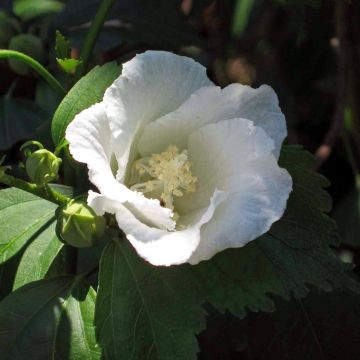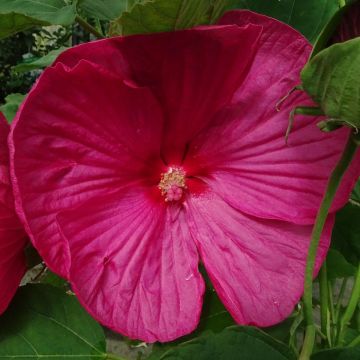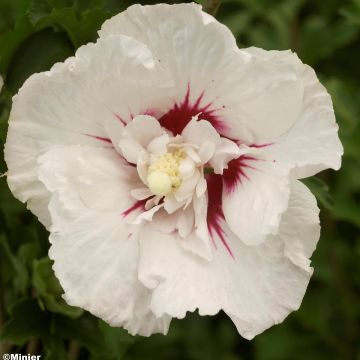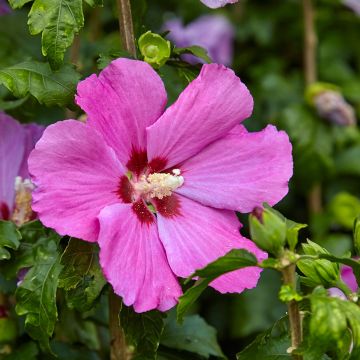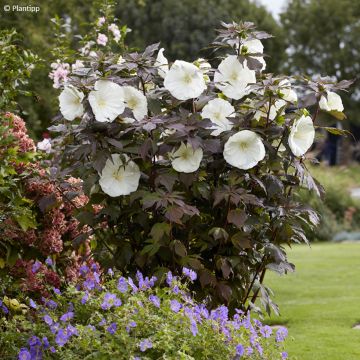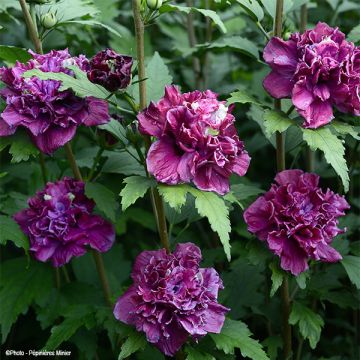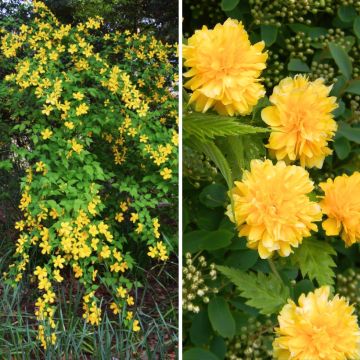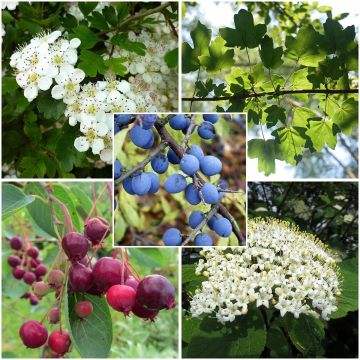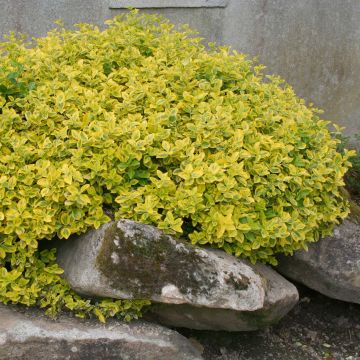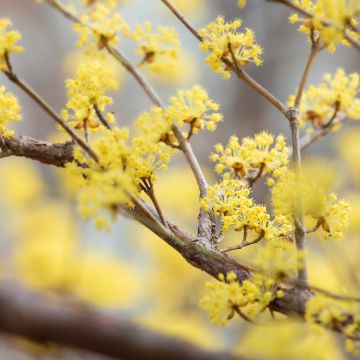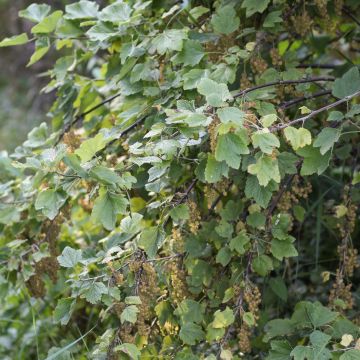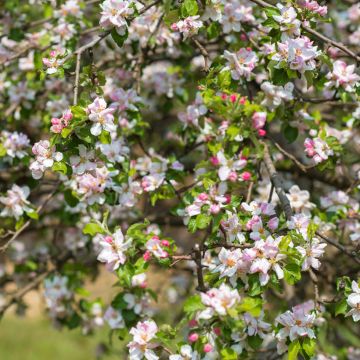

Hibiscus syriacus Admiral Dewey
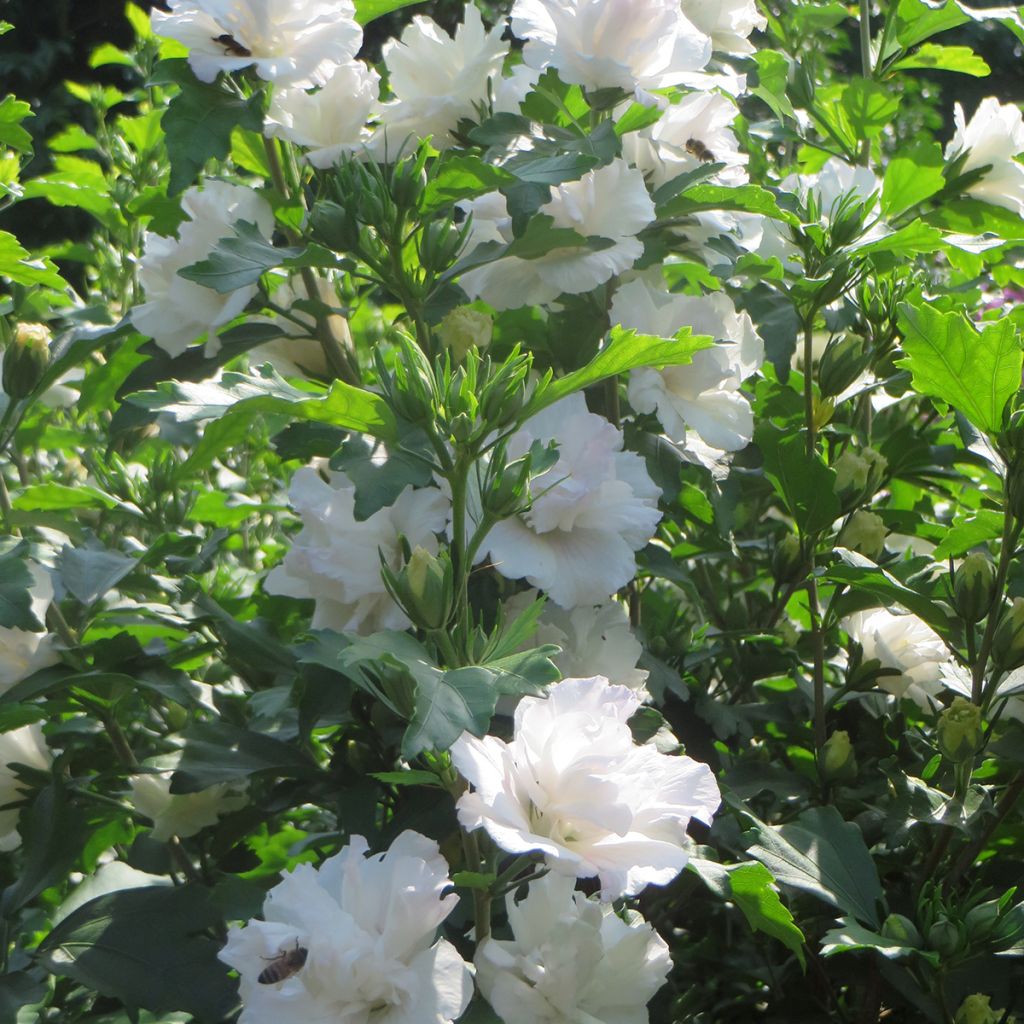

Hibiscus syriacus Admiral Dewey
Hibiscus syriacus Admiral Dewey
Hibiscus syriacus Admiral Dewey
Rose of Sharon, Syrian ketmia, tree mallow
Very pretty bushes in the making, thank you to the team.
Nath44, 16/09/2025
Special offer!
Receive a €20 voucher for any order over €90 (excluding delivery costs, credit notes, and plastic-free options)!
1- Add your favorite plants to your cart.
2- Once you have reached €90, confirm your order (you can even choose the delivery date!).
3- As soon as your order is shipped, you will receive an email containing your voucher code, valid for 3 months (90 days).
Your voucher is unique and can only be used once, for any order with a minimum value of €20, excluding delivery costs.
Can be combined with other current offers, non-divisible and non-refundable.
Home or relay delivery (depending on size and destination)
Schedule delivery date,
and select date in basket
This plant carries a 24 months recovery warranty
More information
We guarantee the quality of our plants for a full growing cycle, and will replace at our expense any plant that fails to recover under normal climatic and planting conditions.

Would this plant suit my garden?
Set up your Plantfit profile →
Description
Hibiscus syriacus 'Admiral Dewey' is an elegant variety of tree mallow that produces beautiful white double flowers. Its large funnel-shaped corollas have an additional collar of petals in the centre. It softens the bright colours in the garden and highlights pastel tones with its immaculate white blooms. And the flowers of this flowering shrub are renewed from mid-summer to the beginning of autumn, as long as the weather remains mild. It is hardy and undemanding in terms of soil and will fit in all gardens.
Hibiscus syriacus 'Admiral Dewey' is a horticultural creation. The species, sometimes called Syrian hibiscus or garden hibiscus, is a hardy deciduous shrub in our climates, but evergreen in warm climates. It belongs to the Malvaceae family, just like hollyhocks and marshmallows. It is native to temperate regions of Asia (China, India) and has given rise to numerous cultivars, including 'Admiral Dewey'. In a few years, it forms a 3m tall and 1.50m wide upright shrub, supported by an erect but branched structure. Regular pruning can keep it at more modest dimensions and give it the appearance of a large bush. It blooms from July, sometimes earlier depending on the climate. Its ephemeral flowers, which wither in 24 hours, continuously renew until October. They are 8-10 cm wide and composed of numerous pure white petals arranged around a white throat. Its foliage is a bright green, slightly glossy, and turns yellow in autumn. The leaves are alternate, simple, heart-shaped, and trilobed; their edges are toothed and wavy.
The 'Admiral Dewey' tree mallow appreciates bright, warm exposures and can tolerate light shade in southern regions. Plant it sheltered from strong winds, in soil that remains moist during the peak of summer. This superb variety can be used as a medium-sized hedge, in combination with other hibiscus of different colours, with butterfly bushes, English shrub roses, and Crape myrtles. It can also be planted as a standalone specimen or at the back of a perennial bed, alongside daylilies, catmints, and shrubby salvias, for example.
Report an error about the product description
Hibiscus syriacus Admiral Dewey in pictures
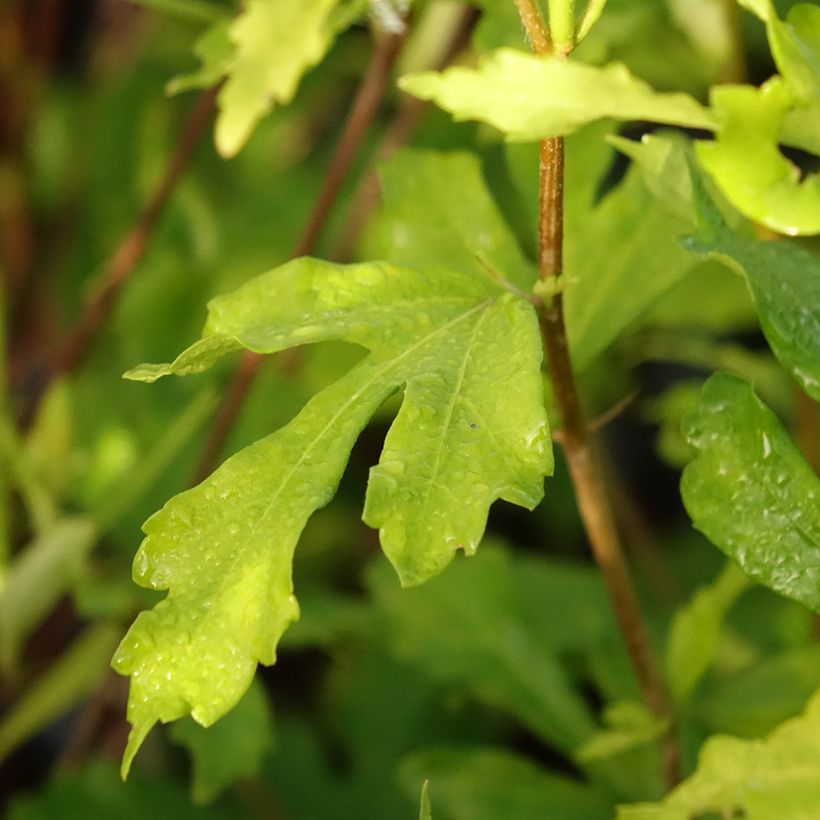

Plant habit
Flowering
Foliage
Botanical data
Hibiscus
syriacus
Admiral Dewey
Malvaceae
Rose of Sharon, Syrian ketmia, tree mallow
Cultivar or hybrid
Other Hibiscus
View all →Planting and care
Plant Hibiscus syriacus 'Admiral Dewey' in spring or autumn, in a sunny position in the north, or in partial shade in southern regions, in well-drained, loose, but fertile soil. Limestone is tolerated well. Dig a deep planting hole and add some compost and sand to your garden soil to improve soil quality if necessary. Water generously after planting. Don't worry if the vegetation doesn't start before May, it's completely normal for this bush.
While altheas can tolerate dry soils in summer once well rooted, they are more beautiful and more floriferous in soil that retains moisture in summer. Mulch the base of these generous bushes if needed.
Planting period
Intended location
Care
-
, onOrder confirmed
Reply from on Promesse de fleurs
Similar products
Haven't found what you were looking for?
Hardiness is the lowest winter temperature a plant can endure without suffering serious damage or even dying. However, hardiness is affected by location (a sheltered area, such as a patio), protection (winter cover) and soil type (hardiness is improved by well-drained soil).

Photo Sharing Terms & Conditions
In order to encourage gardeners to interact and share their experiences, Promesse de fleurs offers various media enabling content to be uploaded onto its Site - in particular via the ‘Photo sharing’ module.
The User agrees to refrain from:
- Posting any content that is illegal, prejudicial, insulting, racist, inciteful to hatred, revisionist, contrary to public decency, that infringes on privacy or on the privacy rights of third parties, in particular the publicity rights of persons and goods, intellectual property rights, or the right to privacy.
- Submitting content on behalf of a third party;
- Impersonate the identity of a third party and/or publish any personal information about a third party;
In general, the User undertakes to refrain from any unethical behaviour.
All Content (in particular text, comments, files, images, photos, videos, creative works, etc.), which may be subject to property or intellectual property rights, image or other private rights, shall remain the property of the User, subject to the limited rights granted by the terms of the licence granted by Promesse de fleurs as stated below. Users are at liberty to publish or not to publish such Content on the Site, notably via the ‘Photo Sharing’ facility, and accept that this Content shall be made public and freely accessible, notably on the Internet.
Users further acknowledge, undertake to have ,and guarantee that they hold all necessary rights and permissions to publish such material on the Site, in particular with regard to the legislation in force pertaining to any privacy, property, intellectual property, image, or contractual rights, or rights of any other nature. By publishing such Content on the Site, Users acknowledge accepting full liability as publishers of the Content within the meaning of the law, and grant Promesse de fleurs, free of charge, an inclusive, worldwide licence for the said Content for the entire duration of its publication, including all reproduction, representation, up/downloading, displaying, performing, transmission, and storage rights.
Users also grant permission for their name to be linked to the Content and accept that this link may not always be made available.
By engaging in posting material, Users consent to their Content becoming automatically accessible on the Internet, in particular on other sites and/or blogs and/or web pages of the Promesse de fleurs site, including in particular social pages and the Promesse de fleurs catalogue.
Users may secure the removal of entrusted content free of charge by issuing a simple request via our contact form.
The flowering period indicated on our website applies to countries and regions located in USDA zone 8 (France, the United Kingdom, Ireland, the Netherlands, etc.)
It will vary according to where you live:
- In zones 9 to 10 (Italy, Spain, Greece, etc.), flowering will occur about 2 to 4 weeks earlier.
- In zones 6 to 7 (Germany, Poland, Slovenia, and lower mountainous regions), flowering will be delayed by 2 to 3 weeks.
- In zone 5 (Central Europe, Scandinavia), blooming will be delayed by 3 to 5 weeks.
In temperate climates, pruning of spring-flowering shrubs (forsythia, spireas, etc.) should be done just after flowering.
Pruning of summer-flowering shrubs (Indian Lilac, Perovskia, etc.) can be done in winter or spring.
In cold regions as well as with frost-sensitive plants, avoid pruning too early when severe frosts may still occur.
The planting period indicated on our website applies to countries and regions located in USDA zone 8 (France, United Kingdom, Ireland, Netherlands).
It will vary according to where you live:
- In Mediterranean zones (Marseille, Madrid, Milan, etc.), autumn and winter are the best planting periods.
- In continental zones (Strasbourg, Munich, Vienna, etc.), delay planting by 2 to 3 weeks in spring and bring it forward by 2 to 4 weeks in autumn.
- In mountainous regions (the Alps, Pyrenees, Carpathians, etc.), it is best to plant in late spring (May-June) or late summer (August-September).
The harvesting period indicated on our website applies to countries and regions in USDA zone 8 (France, England, Ireland, the Netherlands).
In colder areas (Scandinavia, Poland, Austria...) fruit and vegetable harvests are likely to be delayed by 3-4 weeks.
In warmer areas (Italy, Spain, Greece, etc.), harvesting will probably take place earlier, depending on weather conditions.
The sowing periods indicated on our website apply to countries and regions within USDA Zone 8 (France, UK, Ireland, Netherlands).
In colder areas (Scandinavia, Poland, Austria...), delay any outdoor sowing by 3-4 weeks, or sow under glass.
In warmer climes (Italy, Spain, Greece, etc.), bring outdoor sowing forward by a few weeks.
































